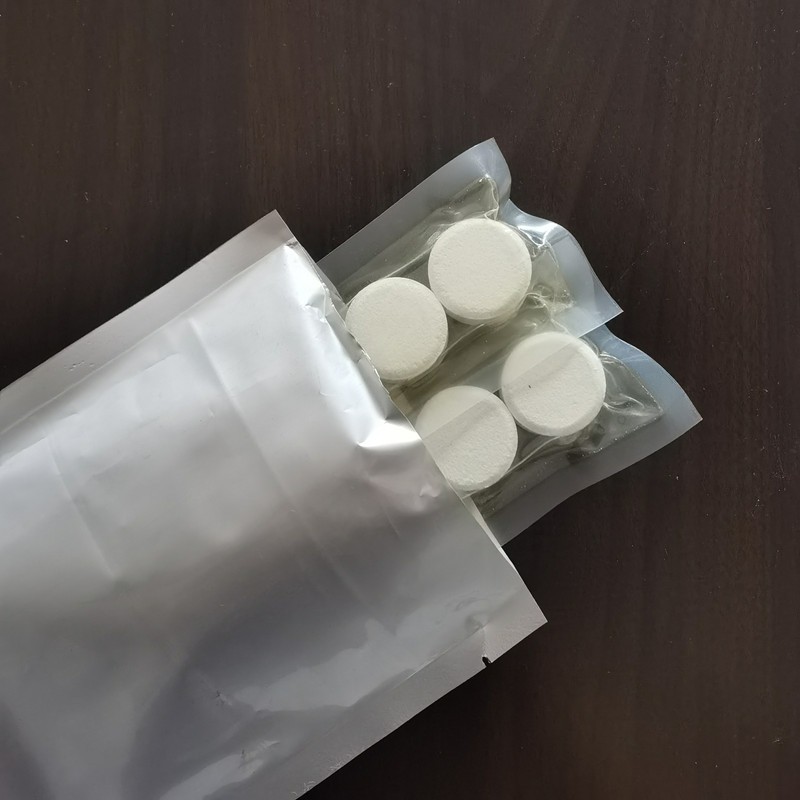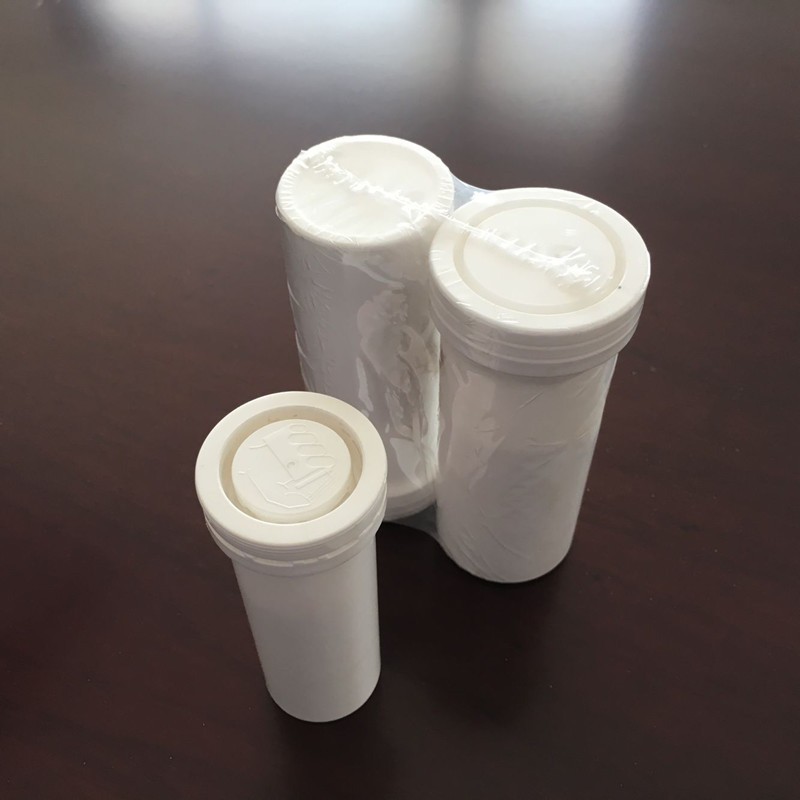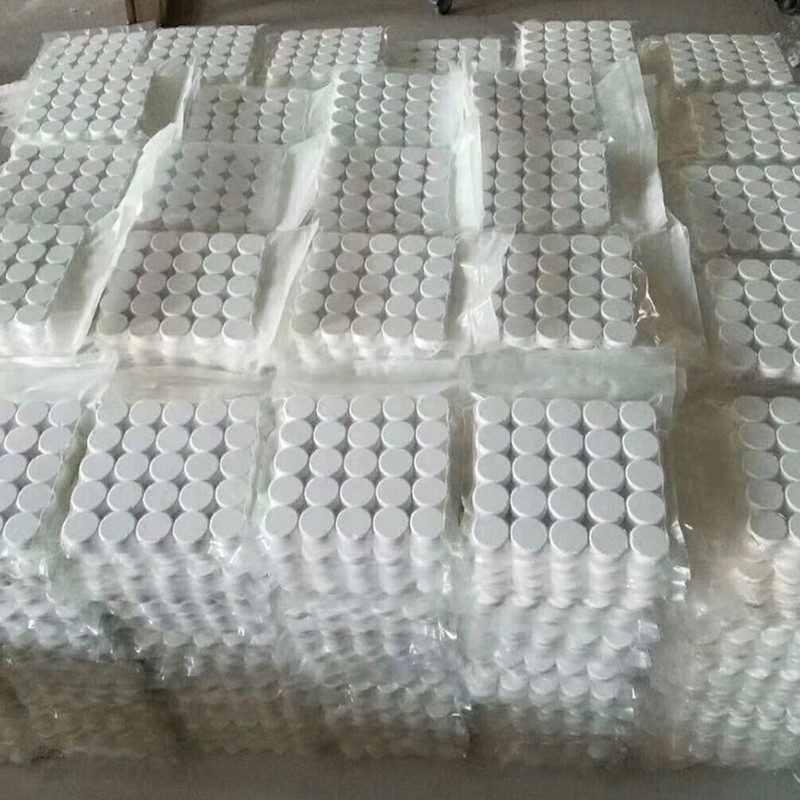Chlorine dioxide has long been used as a disinfectant in drinking water treatment, but its safety is a topic of ongoing discussion. The key to evaluating its safety lies in understanding its application scope, regulatory standards, and potential risks under different conditions.
Effective Disinfection Performance
Chlorine dioxide is highly regarded for its strong bactericidal ability. It can efficiently eliminate various pathogens in water, including bacteria, viruses, and protozoa (such as Cryptosporidium and Giardia), which are difficult to kill with traditional chlorine disinfection. This makes it an important choice in ensuring the microbiological safety of drinking water, especially in areas where water sources are susceptible to microbial contamination.
Regulatory Standards and Dosage Control
Most countries and regions have established strict standards for the use of chlorine dioxide in drinking water. For example, the U.S. Environmental Protection Agency (EPA) sets the maximum residual limit for chlorine dioxide in drinking water at 0.8 mg/L. The World Health Organization (WHO) also recommends a similar limit. When used within these standard dosages, chlorine dioxide and its by – products (mainly chlorite and chlorate) are generally considered to not pose significant health risks to the human body.
The control of dosage is crucial. Excessive addition may lead to an increase in the concentration of by – products. Chlorite ions, in particular, may have an impact on red blood cells at high concentrations, but this situation is rare under standardized operation.
Potential Risks and Mitigation Measures
Although chlorine dioxide is safe under proper use, there are still some potential risks to be aware of. On the one hand, as mentioned earlier, excessive by – products may cause health problems. On the other hand, chlorine dioxide is a strong oxidant. If it comes into direct contact with concentrated solutions during transportation or storage, it may have safety hazards such as corrosion or explosion, but this is more related to the management of the chemical itself rather than the drinking water after treatment.
To reduce risks, water treatment plants need to strictly monitor the dosage of chlorine dioxide and the concentration of by – products in the water. Advanced detection technologies can ensure that the water quality meets the standards. At the same time, relevant departments should strengthen the training of operators to avoid operational errors.
Conclusion
When used in accordance with strict regulatory standards and dosage requirements, chlorine dioxide is a safe and effective drinking water disinfectant. It plays an important role in preventing water – borne diseases. The key to ensuring its safety is to maintain appropriate residual concentrations and effectively control the level of by – products. Therefore, under the premise of standardized management and monitoring, chlorine dioxide can be safely used in drinking water treatment.




